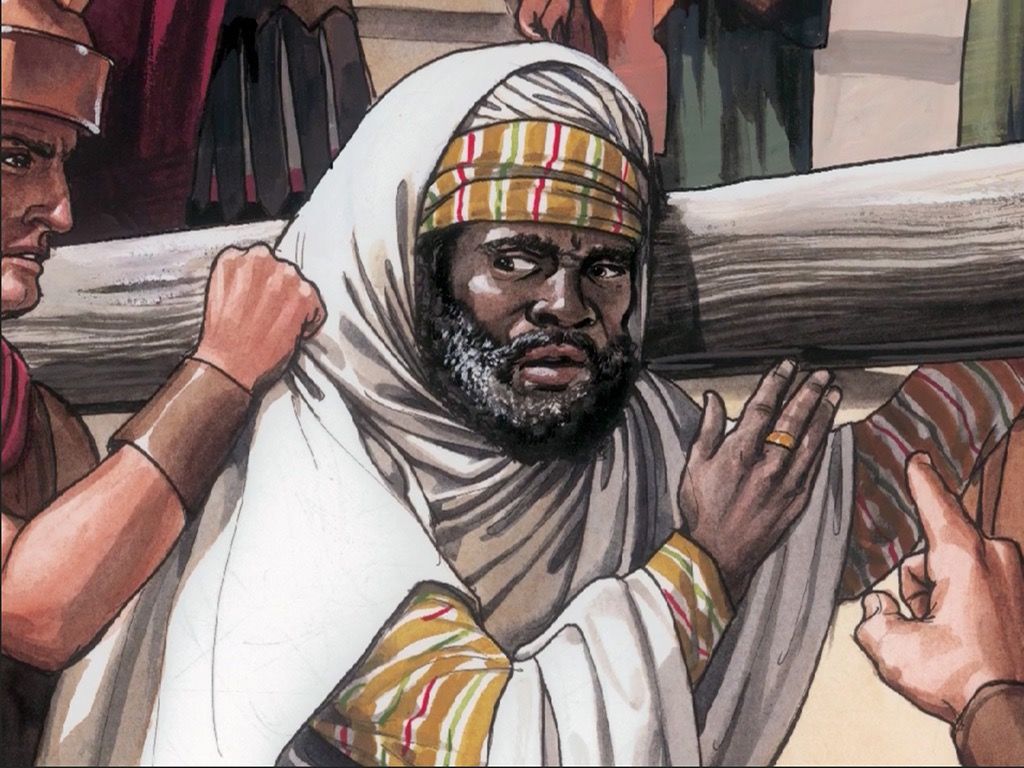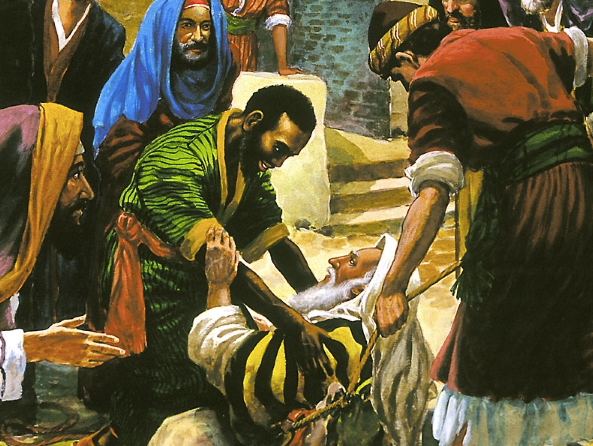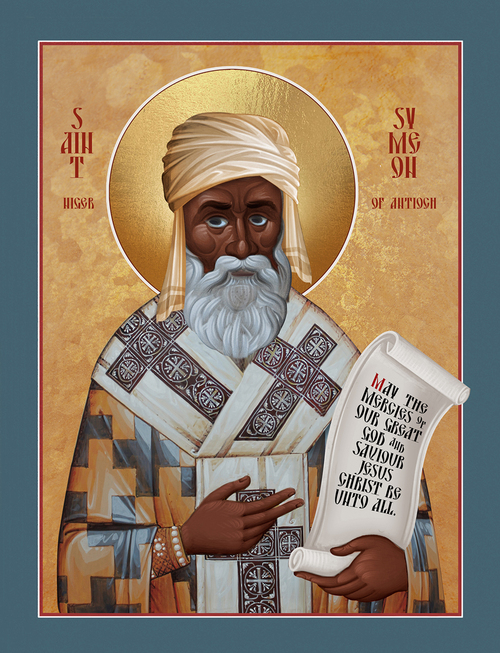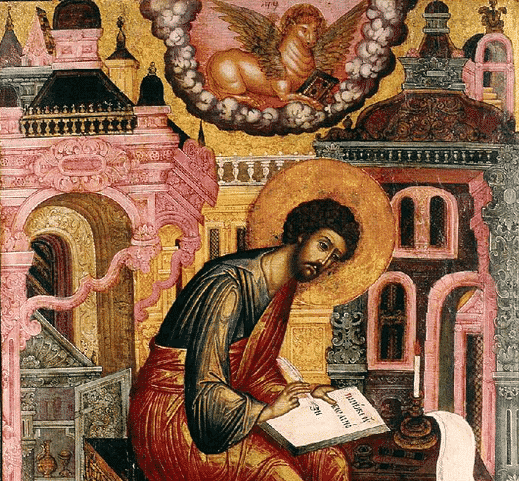Images are important. The images we see, both mentally and physically, allow us as consumers to understand the narrative an author aims to create. With the images an author chooses, the consumer is drawn to connotations. For example, red signifies danger or blue signifies calm. Images also help the consumer relate to the characters that are depicted in a narrative. So, when a consumer reads or sees a character that looks like them, it produces a deeper affiliation with the story being told. This is important because throughout history Christianity has been falsely purported as the “white man’s religion”. As a result, those from other races, particularly black people, feel alienated from the story written by the hands of God. Yet the scriptures are clear, all ethnicities are derived from one man (Acts 17:26). When you look through the scriptures can you see yourself? If not, allow me to help. Here are 5 black heroes in the Bible.
Simon of Cyrene
Firstly, we have Simon of Cyrene.
Cyrene is understood to be located where modern-day Libya is and as a result, many conclude that Simon would be black. Simon plays a small but important role in the biblical narrative.
As Jesus walks to Calvary, Simon is forced into serving the One who would eventually save him. The soldiers press Simon into carrying the cross that Jesus would die on (Matthew 27:32, Mark 15:21, Luke 23:26). In God’s providence, Simon got to play a role in one of the most important moments in human history.
“[The soldiers] seized a man, Simon of Cyrene… and placed on him the cross to carry behind Jesus.”
Luke 23:26

Ethiopian Eunuch
Next, we have the Ethiopian Eunuch.
We meet the Ethiopian Eunuch in Acts 8:26-40. There is a debate as to whether he is the first gentile convert since it appears he was a God-fearer (Acts 8:28). The Holy Spirit directs Philip to meet the Ethiopian who was en-route to Jerusalem to worship.
Eunuchs at the time were barred from the inner courts, which makes what he was reading more significant (Acts 8:32-33). Philip, by the Spirit, converts the Ethiopian Eunuch and it is widely believed that the Ethiopian Church was birthed out of his conversion.

Ebed-Melech
Thirdly, we meet another Ethiopian Eunuch – Ebed-Melech. You can read more of his story in Jeremiah 38. Ebed-Melech is a man of great courage unlike the King of Judah at the time Zedekiah. With the prophet Jeremiah facing injustice, Ebed-Melech defends Jeremiah to the King and formulates a plan to rescue Jeremiah from the cistern (Jeremiah 38-7-13). Where the King failed, Ebed-Melech succeeds.

Simeon of Niger
Fourthly, we have Simeon of Niger.
Niger is Latin for black and thus we have the clearest indication for what Simeon’s complexion was. He was a leader in Antioch. He was a Prophet and a Teacher. He was a man of authority and responsibility such that he was among those leaders who commissioned Paul and Barnabas to begin their missionary travels. The Antioch church was a hub for Gentile outreach in its earliest days (Acts 11:19-26).
Now there were in the church at Antioch prophets and teachers, Barnabas, Simeon who was called Niger, Lucius of Cyrene, Manaen a member of the court of Herod the tetrarch, and Saul. While they were worshiping the Lord and fasting, the Holy Spirit said, “Set apart for me Barnabas and Saul for the work to which I have called them.” Then after fasting and praying they laid their hands on them and sent them off.”
Acts 13:1-3

Lucius of Cyrene
Finally, we have Lucius of Cyrene. Lucius was also one of the prophets and teachers in the church of Antioch. Not only did God dispel the false belief that salvation was merely for the Jews (Acts 10:28,34), He also placed black men in leadership positions to shepherd His sheep (Acts 13:1).
The devil wants you to believe that God doesn’t care about black people. Don’t believe a liar. Throughout human history, God has used people of all ethnicities to show forth His glory. God is saving people from all nations and tongues (Revelation 7:9). Don’t let a lie prevent you from being a part of the story that God has written.
